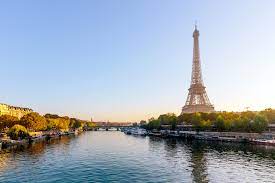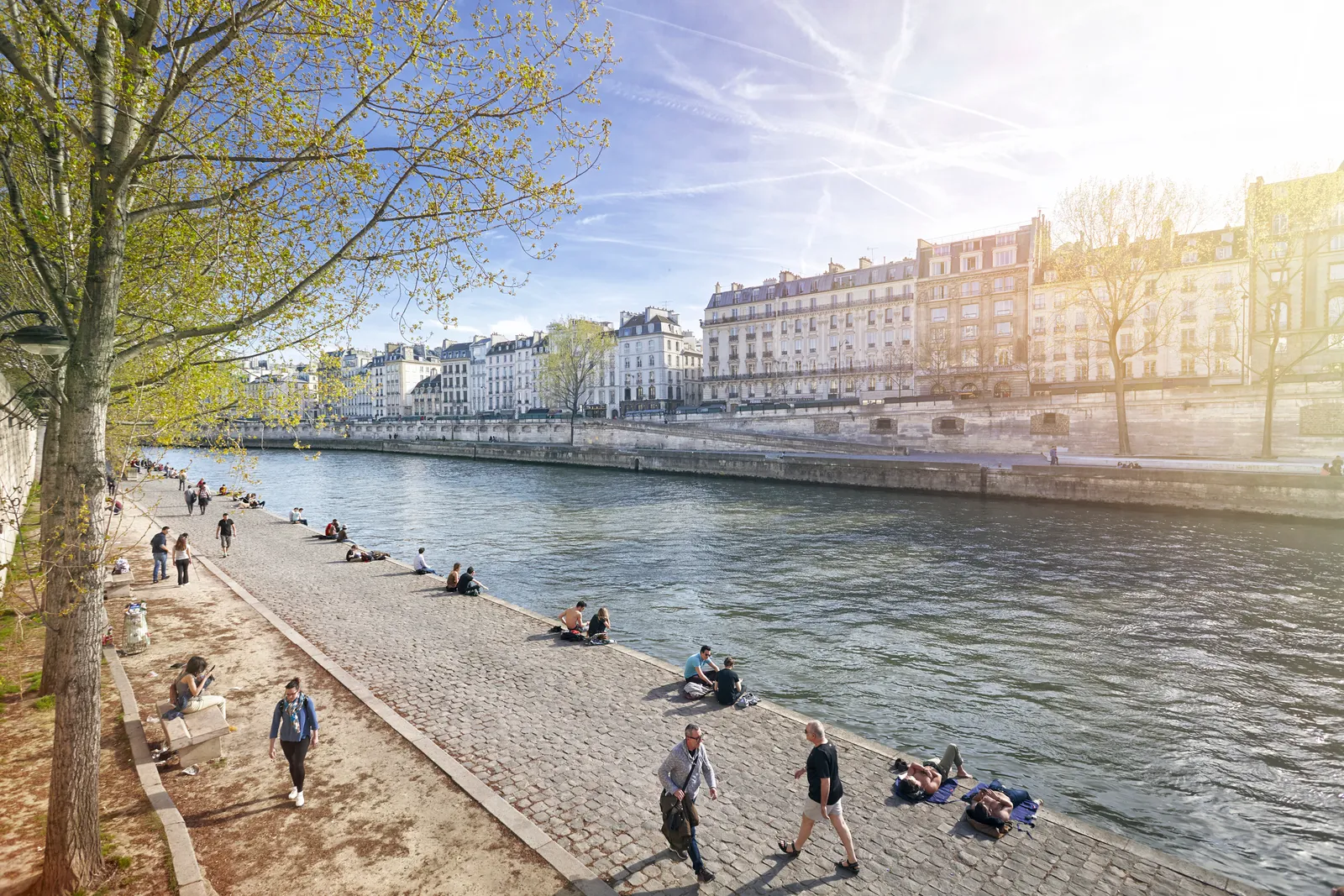
The Parisian government has committed more than one billion euros to make the city's river safe for swimming.
Numerous environmental studies identify rivers as the primary route for garbage to reach the seas. It is crucial to clean up rivers first because healthy rivers lead to better seas and, ultimately, a healthier world. It takes a lot of work, substantial financial investment, and dedication to complete this difficult undertaking.
But Paris is on it, and the city has given itself a deadline to clean up the Seine and nearby streets in time for the 2024 Olympics. Before the start of the games, Mayor Anne Hidalgo promised to clean up the river and make it swimmable. If bathing in the Seine presently carries a 38 euro fine and runs the risk of bringing some intestinal bugs home, it is still a goal that is attainable. It wasn't always this way. The very first Olympic Games were held in Paris in the year 1900, and at that time, swimming in the Seine was permitted.
Ever fancied cooling down with a dip in the #Seine? By 2024, the thought may be much more appealing than you think. #Travel #Paris https://t.co/IedbNWJwGv
— supermom2020 (@Supermom2020) January 8, 2023
Although it has been prohibited for 100 years, even if it were, the river's waters would not be very inviting. Residential and commercial pollution are frequent, particularly after heavy rains when sewer systems can become overloaded.
The quality of the river and its surroundings has been a focus of the municipal authorities in Paris since 2015. In reality, there are 23 places where swimming is permitted already throughout the summer. However, most of them are in pools that have been built next to the river or on tiny canals that go there. The Bassin de la Villette, a canalside alternative, has permitted swimming since 2017.

The broad strategy for 2024
To clean up the river and its tributary, the Marne, in time for the games, the mayor of Paris has allocated one billion euros. A large 46,000 cubic meter water tank will be constructed underneath a public garden on the left side of the river as part of a proposal to increase wastewater treatment that was developed in 2018.
What other actions will Paris take to reach its objective? First off, Noisy-le-Grand and Valenton are primarily where upgrades to wastewater treatment capacity are being made. By making these steps, we can lessen the amount of pollution that enters our rivers when it rains a lot.
A planting campaign to improve the flora on the river's banks is another endeavor to stop pollutants from entering the waterway. As a result, water will enter the Seine more slowly and can instead soak into the earth. If all goes according to plan, the project's outcome will allow Parisians and tourists, as well as Olympic swimmers, to enjoy the river by 2024.
Paris has taken on several challenges as it strives to rank among the cleanest cities in Europe by 2030. The decrease in automobile traffic, the outlawing of all gasoline-powered cars by 2030 (diesel vehicles are expected to be phased out by 2024), the construction of additional open spaces and parks, and the installation of new bicycle lanes are all actions being taken to achieve this aim. We want to believe that everyone on the earth wants Paris to succeed.
The original version of this piece appeared in Condé Nast Traveler Espaa.

